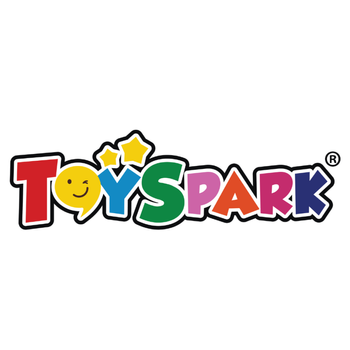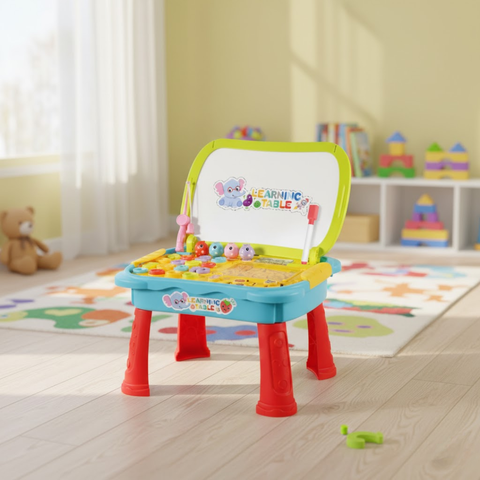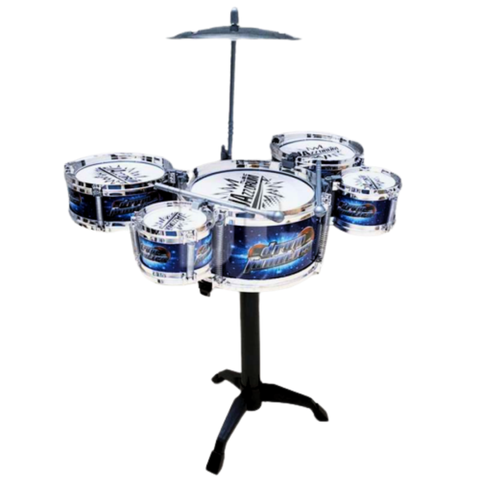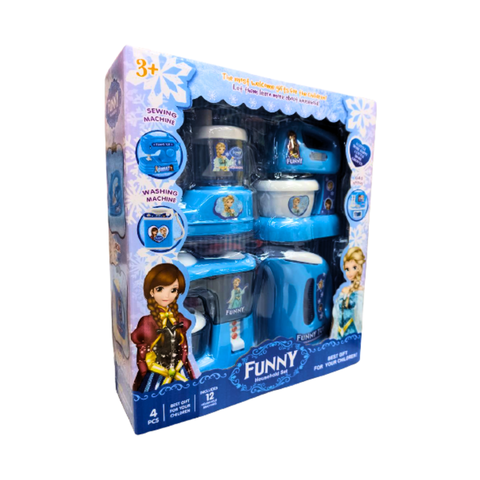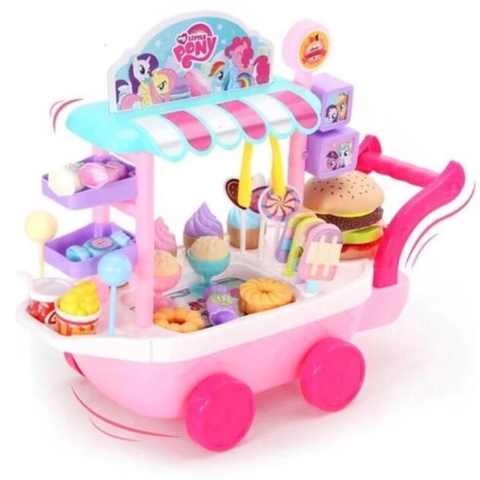
With toy collections often growing faster than available space, managing and organizing toys can become overwhelming. A toy rotation system is a fantastic way to keep playtime fresh and engaging while maintaining a clutter-free environment. Here’s a step-by-step guide to help you create an effective toy rotation system that revitalizes your child’s play experience.

Understanding Toy Rotation:
A toy rotation system involves periodically changing the toys that are available to your child. This approach helps in:
- Reducing Clutter: Fewer toys out at any given time means a tidier play area.
- Maintaining Interest: Introducing and reintroducing toys keeps them engaging and exciting.
- Encouraging Creativity: A rotating selection stimulates new ways of play and exploration.

Assessing Your Toy Collection:
Before setting up your rotation system, take the time to assess your current toy collection:
- Categorize: Group toys into categories such as educational, artistic, and active. This helps in creating a well-rounded rotation.
- Evaluate Usage: Determine which toys are frequently played with and which are less popular. This will guide your selection for each rotation.
- Choose Storage Solutions: Invest in storage bins, shelves, or drawers to keep toys organized and easily accessible.

Creating a Rotation Schedule:
Establishing a rotation schedule is crucial for maintaining an effective system:
- Determine Frequency: Decide how often you want to rotate toys. Common intervals are weekly, bi-weekly, or monthly.
- Select Toys: Choose a diverse mix of toys for each rotation based on your child’s interests and developmental needs.
- Designate Storage: Allocate a specific area for toys that are not currently in rotation. This could be a closet, separate room, or designated storage bins.

Implementing the Rotation System:
Follow these steps to implement your toy rotation system smoothly:
- Organize: Arrange toys into bins or on shelves and label them for easy identification. Keep only a portion of the toys accessible to your child at one time.
- Rotate: Swap out toys according to your established schedule. Involve your child in the process to make it engaging and fun.
- Observe: Pay attention to your child’s reactions and play patterns. Adjust the rotation based on their feedback and evolving interests.

Benefits of a Toy Rotation System:
Adopting a toy rotation system offers several benefits:
- Enhanced Focus: Fewer toys out at once help children concentrate and engage more deeply with each toy.
- Increased Variety: Regularly changing toys keeps playtime exciting and introduces new interests.
- Improved Organization: A rotation system promotes an organized play area and helps children learn about managing their toys.
A toy rotation system is a practical and effective strategy to keep playtime engaging and organized. By periodically updating the toys available, you can maintain a stimulating play environment while managing clutter. Start implementing a toy rotation system today and enjoy the benefits of a refreshed and orderly play experience.
Ready to get started? Begin by assessing your toy collection, setting up a rotation schedule, and organizing your toys. Enjoy the revitalized playtime and the organized space that comes with a well-executed toy rotation system!
